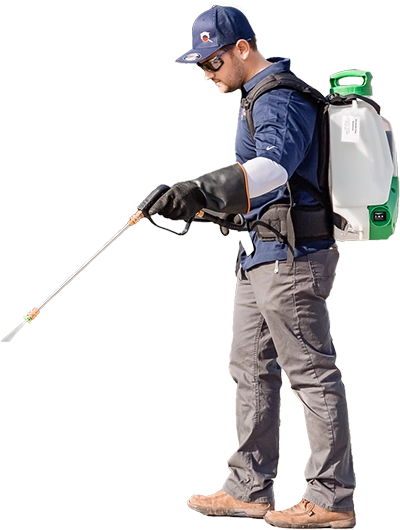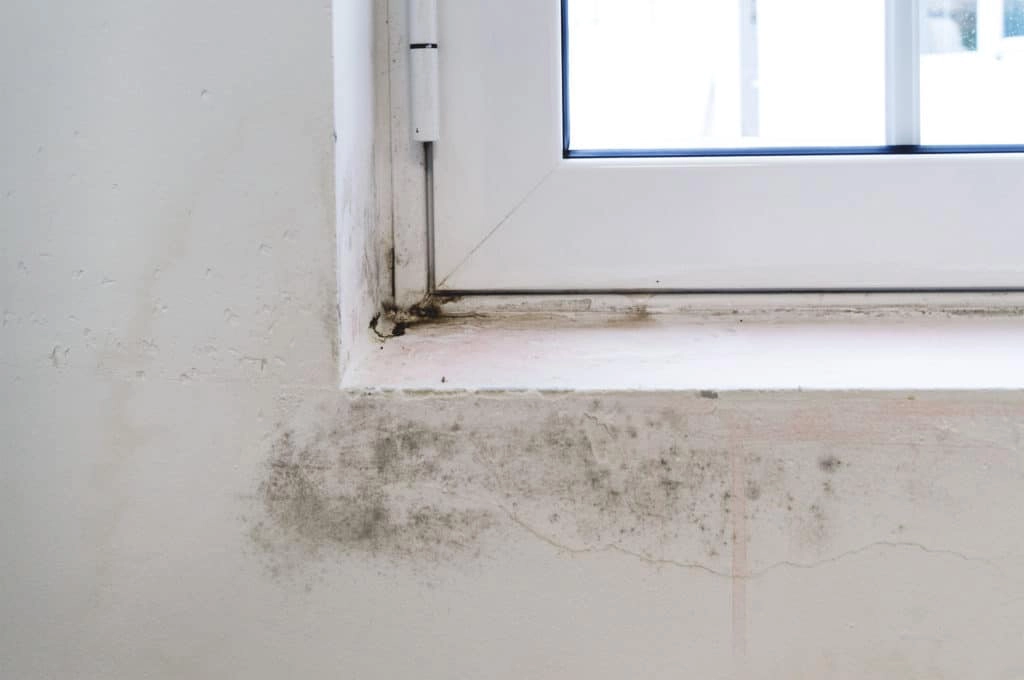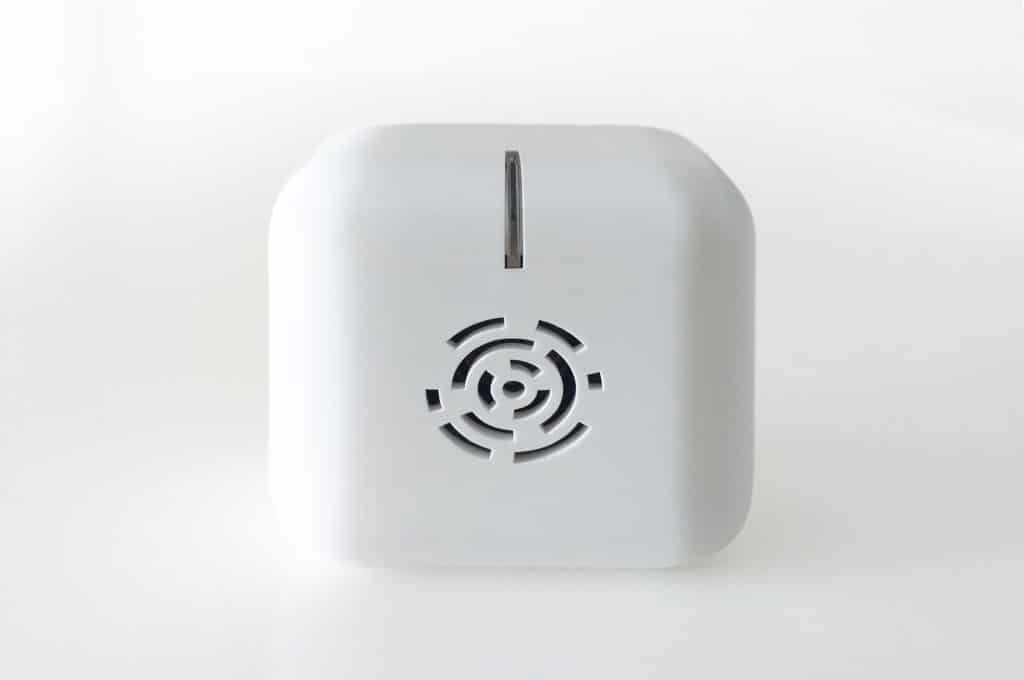Bed bugs are annoying and potentially dangerous parasites. Much like mosquitos, they feed on human blood, with bites that can lead to skin rashes and allergic reactions. It is difficult to distinguish a bed bug bite from other insect bites. Even doctors struggle to identify bed bug bites, relying on clues such as the location of bites.
Contrary to what some think, a bed bug infestation is rarely caused by poor hygiene—bed bugs are known to cling to personal belongings and are often inadvertently brought into a home from a hotel or other location. Bed bugs are reclusive and can be difficult to find. Professional detection by a licensed pest control specialist is usually required to definitively identify a bed bug infestation and rule out other pests.
Bed bugs are commonly found in beds and other furniture, only coming out at night to feed.
As their name suggests, bed bugs take shelter in beds, but they’re also found in couches, chairs, electric outlets, and tiny cracks and crevices. Since they feed at night, there is a good chance that you won’t actually see them. This is part of the reason they are so difficult to detect.
While it’s near impossible to figure out exactly how and exactly when an infestation started, the longer you go without professional treatment, the worse things will get.
Bed bugs reproduce quickly. A single female bed bug can lay up to 5 eggs in one day. Eggs hatch in as little as one to two weeks, producing nymphs that can reach maturity and begin reproducing in just 21 days. Not only do they reproduce fast, but they can survive without food for months.
Left untreated, a bed bug population can grow exponentially after a couple weeks. Not much can be done to reduce their population other than complete extermination. While there are off-the-shelf products available which claim to eliminate bed bugs, it can be difficult to find and treat all the areas inhabited by these secretive pests. For all but the mildest infestations, the only solution to fully eliminating bed bugs is through professional extermination.
A bed bug exterminator will inspect your space to determine the scope of the infestation and the best treatment option.
The first thing a pest control specialist will do is look for signs of a bed bug’s presence. Here is what they’ll look for:
- A pungent, musty odor.
- Fecal stains on mattresses, bed frames, walls, and other furniture.
- Molted shells left behind by bed bugs.
- Tiny white spots, which may be bed bug eggs.
- Specs of blood on bed sheets.
- Neighbors who previously experienced or also have a bed bug infestation.
After a bed bug infestation is confirmed, the exterminator will work quickly to implement a treatment plan. For relatively minor infestations, most exterminators will use a three-pronged insecticide spray approach.
- A fast-acting insecticide for use on mattresses, sofas, and other frequently used furniture.
- A residual insecticide that penetrates cracks, crevices, and the undersides of furniture.
- A dust-based insecticide for cracks and crevices, as well as electrical outlets and wall trim.
Insecticide treatments take approximately 30 minutes per room, but more time may be required. You can re-enter your space after the insecticide has dried or when the exterminator says it is safe. Like most pest infestations, your exterminator should follow up with two or three additional insecticide treatments. It’s possible that not all bed bugs will be exterminated on the first treatment.
If insecticide is not applicable or does not work, a whole-room heat treatment may be the next option. Bed bugs cannot survive excessive temperatures above 122°F. An exterminator will bring in specially designed heaters to heat the space. It can take six to eight hours to perform a heat treatment.
You may also have the option of a steam treatment, which works on the same principles as a heat treatment. The only difference is that steam treatments are targeted to a specific area, whereas a heat treatment heats up the whole room.
An exterminator might skip insecticide spray and heat treatments and advise you go with whole-home fumigation, in which your home is enclosed using a tarpaulin, and an odorless, lethal gas is pumped inside. While the fumigation service itself takes only a few hours, you will not be allowed to re-enter your home for at least a few days.
The only way to keep bed bugs gone for good is with repeated insecticide treatments.
Getting rid of bed bugs with the initial treatment is only your first step in eliminating them for good. An infestation can pop up again if just one bed bug or egg survives. Bed bugs from neighboring houses might also find their way into your home.
Hire a pest control company that inspects, treats, and defends your home against bed bugs. At Good Life Pest Solutions, we will uncover the scope of your infestation and quickly treat it with insecticide, heat, or fumigation. But we don’t stop there—we will return to spray multiple rounds of insecticides, both inside and around the perimeter of your home. It’s the best way to ensure bed bugs and other pests are gone for good.
Waking up to bite marks and rashes can be a shock and leave you feeling afraid of living in your own home. We understand how inconvenient bed bugs are. It’s why we work quickly to identify and eliminate them. If you think you have bed bugs, or any other type of pest infestation, contact Good Life Pest Solutions! We are here to help.




